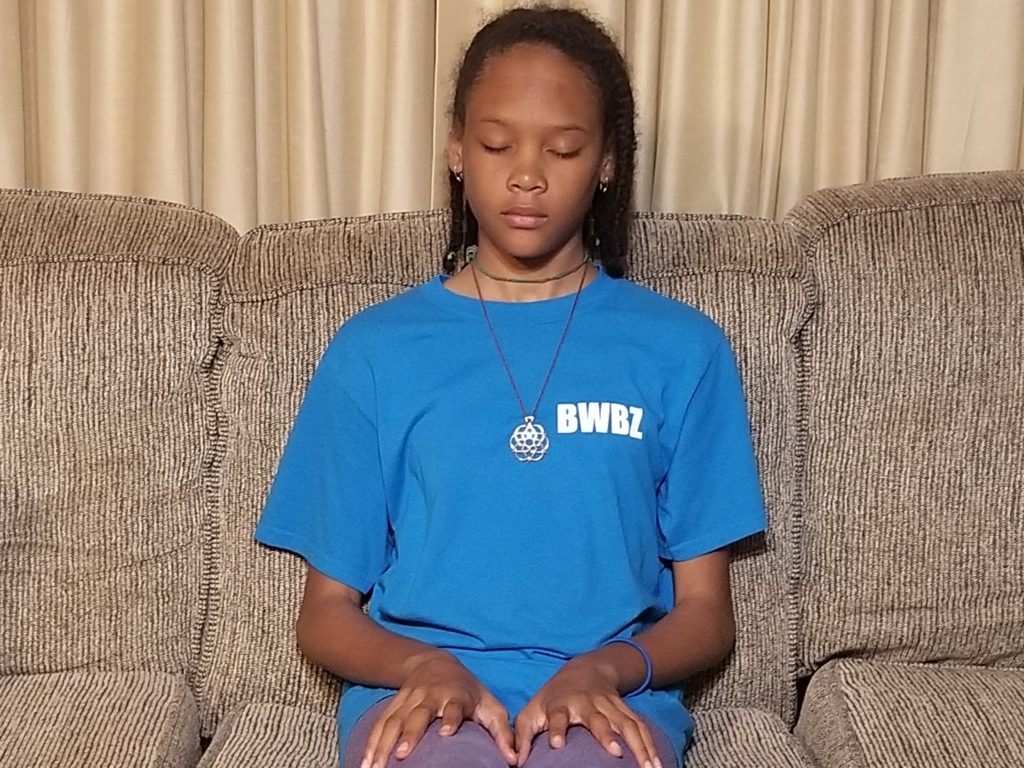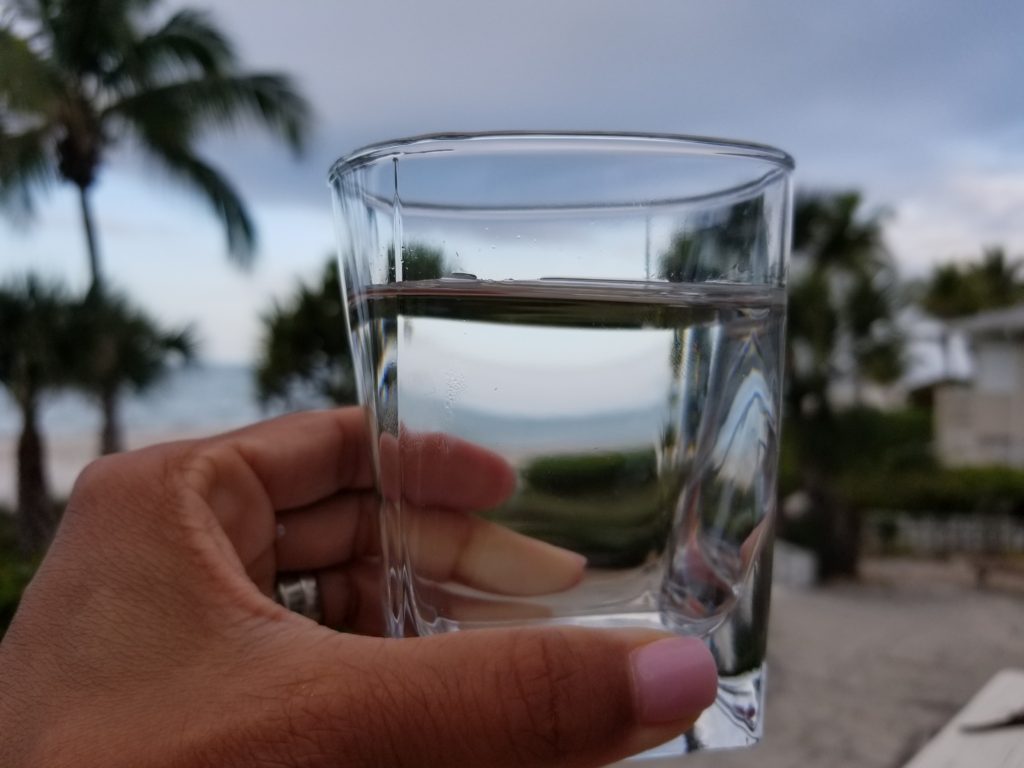I’d like to try something different this week.
Recently I’ve been writing about living in the moment. And while I’ve written about how I tend to rush through my time, and how I’m learning how important it is for me to experience the moments as they happen, I haven’t really spent time talking about how to do it. It’s all very well to know that your mind is running ahead of you. It’s a wholly different thing to practice slowing it down and teaching it to notice what’s happening around and in you. And it definitely is a practice. It just doesn’t come naturally to most of us.
So this week we are going to practice! I’m going to guide you through two simple exercises in experiencing the moment. Then you can use it anytime to slow yourself and really be in your life as it’s happening. Ready?

Funny story first though – it’s a good example of how staying present can help you, even in simple ways. I was in the car riding with the family, and my husband was talking about something to me. The topic itself wasn’t hard or contentious, but I felt myself becoming irritated with him and wishing he’d stop talking to me. Somehow, I recognized this was irrational. So I took a deep breath and scanned through my body: Was I hungry/tired/in pain? Actually, the knot at the top of the scarf on my hair was too tight and was digging into my scalp. As soon as I loosened it, the irritation disappeared and it was much easier to listen. So simple, right? But it’s a good example of how little things and my sensitivity to them can affect how I show up in the moment, so it helps me to be aware.
Ok, let’s try an exercise. Right now, wherever you’re sitting, take a slow deep breath, all the way down to the bottom of your lungs. Make sure you let your belly expand and get full with the breath. Then let it all the way out, like you’ve wrung all the air out of your lungs. Then keep breathing, slow and regular. As you breathe, notice the sensation of the air going in and out of your nose. Is it cold or warm? Are you breathing into the top of your chest or deeper into your belly? Neither is wrong, just notice. Then feel the sensation of the chair touching your legs. Feel how hard or soft it is. If your legs are crossed, feel what it’s like to have one leg touching the other. Does it feel heavy, warm, strong? Just notice the sensation.

Interesting, isn’t it? Total, that probably took you 2-3 minutes to complete the exercise. But it probably felt longer. It’s odd how when we really stay in the moment, the time we have seems fuller, richer. When we stay up in our heads thinking about what’s next, we lose what’s happening right now.
Ready for the second exercise? Get a glass of water and sit down with it. For this exercise, try room temperature water so the glass doesn’t fog up. First, look at the water in the glass. Notice how the light in the room you’re in shines through the clear water. See how if you look through the water, it distorts the image of whatever is on the other side? Before you take a drink, pay attention to your mouth. Is it dry? Are you actually thirsty? Now take some of the water into your mouth and feel the wetness on your lips and tongue. Feel the water in your mouth before you swallow, and when you do, sense it traveling down into your stomach. Does it make you feel full/quenched or do you want more? Notice the sensation of the glass in your hand. Would you like to keep holding it or are you ready to put it down? When you’ve finished drinking, put the glass down and take one more breath, in and out. How do you feel?

These are exercises you can do at anytime, wherever you are. When you feel like time is spinning out of control, slow it down by noticing exactly what you’re doing at that moment. You can do it as you eat your lunch, sit at your desk, drink your morning coffee. The key is to only do the one thing at a time, and that can be harder than it sounds. We tend to distract ourselves with noise from the TV or radio, eat while watching TV or reading, or “multitask”, which just means we try to do multiple things at once but really just switch back and forth between tasks, often decreasing our efficiency in the process. That’s another topic for another time. But wherever you are, you can take a deep breath and feel the air move through you. You can notice what you’re doing. And you can experience the moments as they happen, not just looking back and trying to remember how they were. Here’s to your practice in noticing!
What did you notice when you did the exercises? Were you antsy or uncomfortable or was the slowness refreshing? Please share your experiences in the comments below!

Comments1
“We tend to distract ourselves with noise from the TV or radio, eat while watching TV or reading, or “multitask”, which just means we try to do multiple things at once but really just switch back and forth between tasks, often decreasing our efficiency in the process.”
This is one of my bad habits I am changing. Good stuff for your next class.